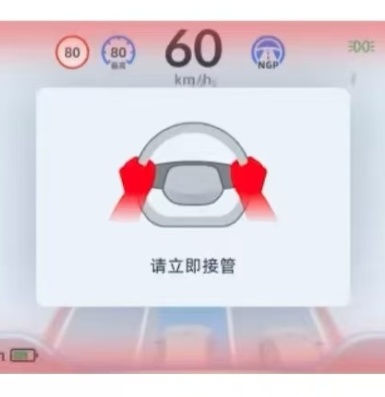Blind LiDAR in Foggy Weather? 865nm Infrared Light: Here I Come!
【Pain Point Scenario】
Torrent rain pours down, and thick fog fills the air.
Your autonomous car slowly comes to a halt, with a warning popping up on the screen: "Sensor limitations detected. Please take over the vehicle."

The truth behind it: LiDAR (Light Detection and Ranging) – the "eyes" of the car – fails in harsh weather!
Why does LiDAR, known as the "nighttime perspective eye," fear rain and fog? The answer lies in the wavelength code of infrared light.
【The Wavelength Battle】
LiDAR commonly uses four near-infrared wavelengths:
1550nm:The "top student" in eye safety (allows high power)
940nm:The "water vapor detector" (specialized for meteorological monitoring)
905nm:The "cost-performance king" (market mainstream)
865nm:The "rain-fog penetrator" (the protagonist of this article!)
Key Finding:
In rain, snow, and fog, 865nm outperforms the other three in penetration!
It owes this to two "skills":
Evading water vapor molecules → minimal loss in the atmosphere
Penetrating raindrops and fog droplets → hardly absorbed by liquid water
【Physical Explanation: Why Can 865nm "Pierce Rain and Fog"?】

Skill 1: Invisibility in the Atmosphere
Water vapor is the number one enemy of infrared light, especially prone to "absorbing" the 1550nm and 940nm bands.
865nm lies in the atmospheric "transparency window" , with a water vapor absorption rate only:
1/100 of 1550nm
30% of 905nm
✅ Result: In humid air, 865nm light can travel farther!

Skill 2: Wall-Penetrating Technique in Water Drops
Rain and fog essentially consist of tiny water droplets. When 1550nm light hits a water droplet:
→ 1-2 mm thick water film can absorb 90% of the light (equivalent to a death sentence from a single drop!)
865nm light, however, can "shuttle freely" through water droplets:
→ Liquid water hardly absorbs it, with only weak scattering occurring
【A Paradigm Shift: The Fatal Flaw of 1550nm】
Existing Advantages: Eye safety, strong resistance to sunlight interference
Fatal Shortcoming: Dissolves upon contact with water!
Experimental Comparison:
Weather Condition | 865nm Penetration | 1550nm Penetration |
Sunny | Excellent | Excellent |
Light Fog | Good | Moderate (50% drop) |
Dense Fog/Heavy Rain | Moderate | Poor (failure!) |
【Applications: Cars, Drones, Communication Equipment】
Autonomous Driving:
Vehicles equipped with 865nm LiDAR can still drive safely on high-speed roads during heavy rain or in dense fog areas.
(In contrast, 1550nm systems may be forced to slow down or stop.)
Drone Mapping:
Penetrates morning fog in forested areas and snow glare to obtain clear 3D maps.
Long-Distance Laser Communication:
Maintains signal continuity in urban smog, serving as an alternative to partial fiber optic deployment.
【Challenges and Future Prospects】

865nm is not perfect:
Inferior to 1550nm in eye safety (requires more precise optical design to compensate)
Less mature in the industrial chain than 905nm (cost needs to be reduced)
Next time you choose a car, ask the salesperson:
"What wavelength does this car's LiDAR use?"
The answer may determine your sense of security in a rainstorm.
Technological progress lies hidden in these nanometer-level wavelength choices.


